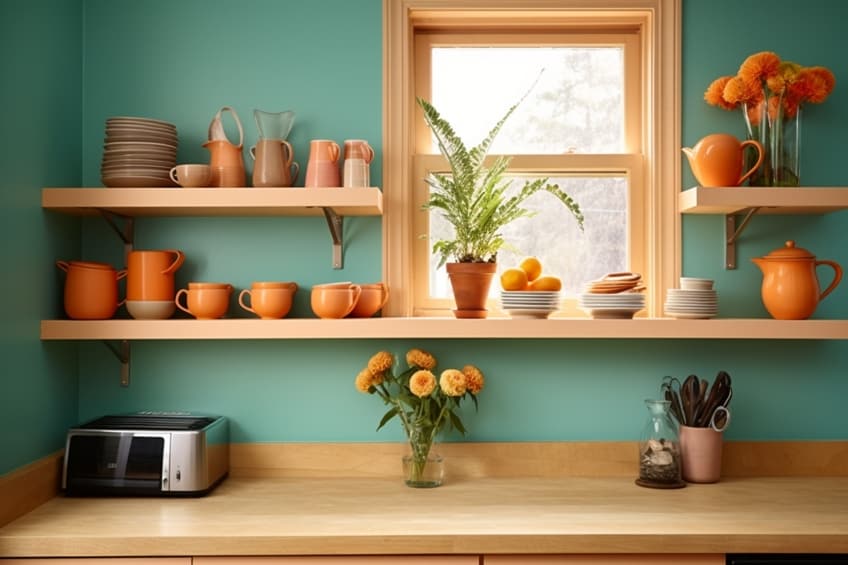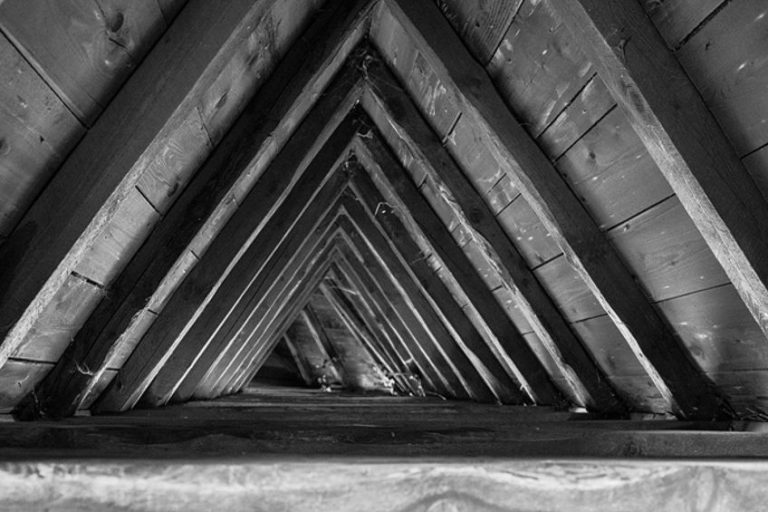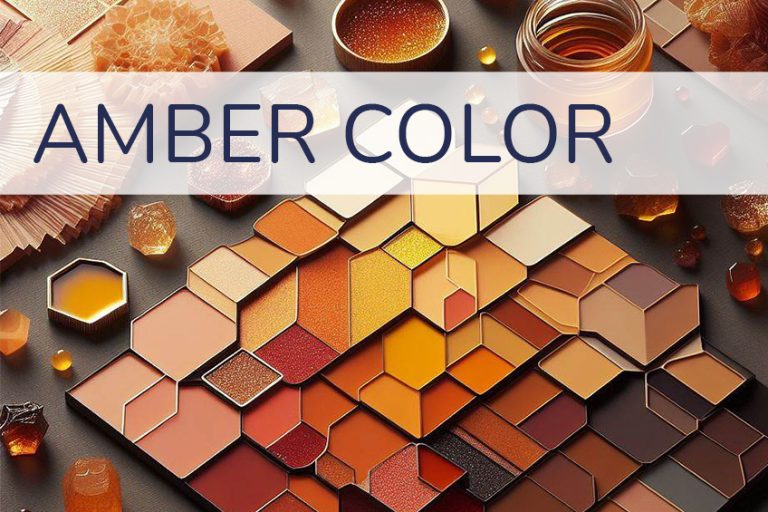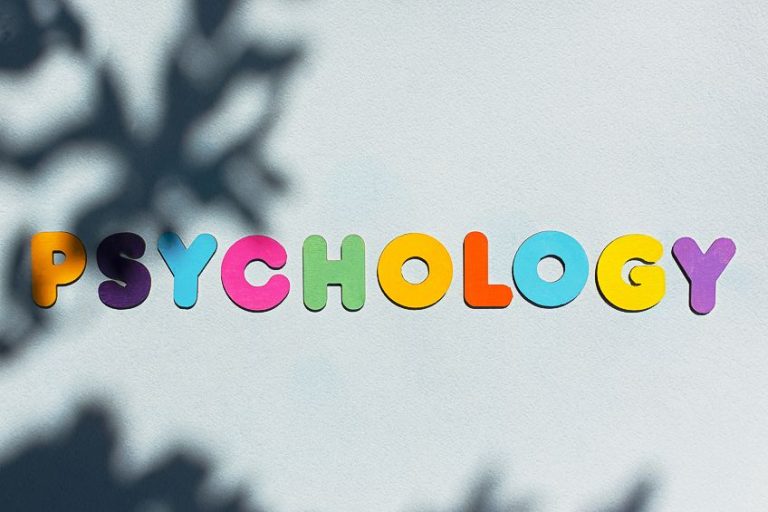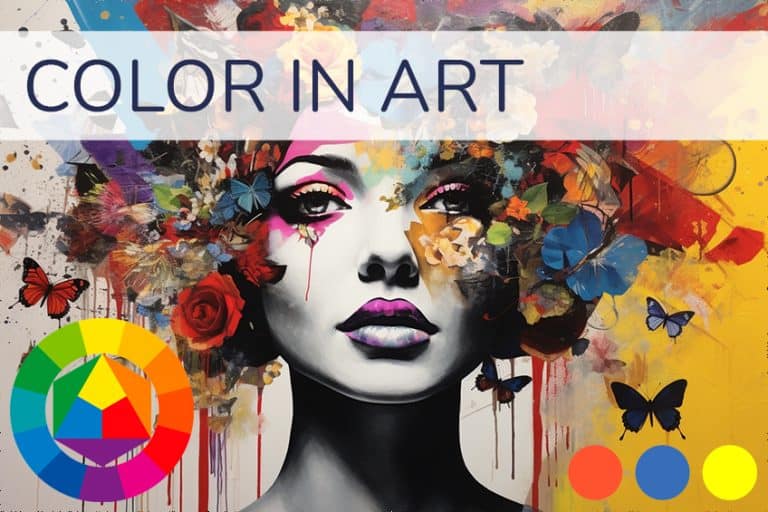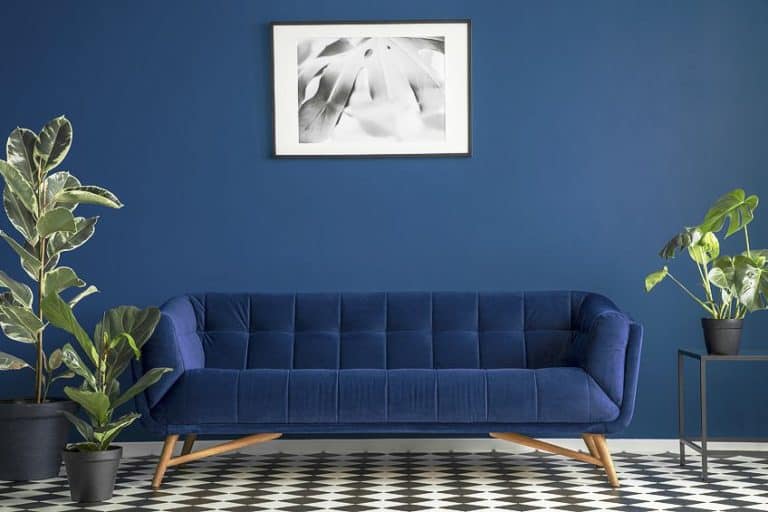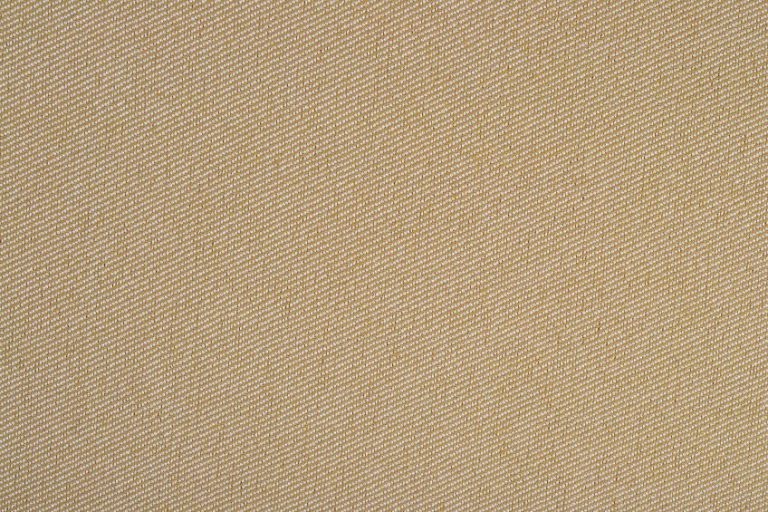What Colors Go With Turquoise? – Exploring 28 Vibrant Hues
Turquoise is a popular color, and rightly so, as it evokes images of the ocean, white sandy beaches, and relaxing times spent on holiday. So, it is the perfect color to bring some of these feelings into the home. However, you must be able to combine turquoise with other colors. To help you determine what colors go with turquoise, we have provided a few of the best options.
How to Create the Best Color Combination With Turquoise
When working on a turquoise color match, the best option is to go for more neutral shades and wood tones. Darker shades of blue are also a great option to pair with turquoise. Neutral colors can include beige, white, brown, gray, and black. However, turquoise can work well with many other colors. To understand what colors go with turquoise, we need to take a look at color theory.
Some of the more popular paint brands include Benjamin Moore and Sherwin Williams. These paint manufacturers have their version of turquoise in different shades and tones. We have provided some examples you might like to use. The top two paints are from Benjamin Moore, while the last two are popular Sherwin-Williams paint colors.
| Shade | Hex Code | CMYK Color Code (%) | RGB Color Code | Color |
| Turquoise Powder | #87c0d1 | 35, 8, 0, 18 | 135, 192, 209 | |
| Florida Aqua | #b9efe2 | 23, 0, 5, 6 | 185, 239, 226 | |
| Nifty Turquoise | #008f86 | 100, 0, 6, 44 | 0, 143, 134 | |
| Holiday Turquoise | #8dc8bf | 30, 0, 5, 22 | 141, 200, 191 |
What Colors Go With Turquoise?
As we have mentioned, turquoise can work well with many colors including neutrals as well as colors like yellow, pink, gold, green, and more. When you look at the color wheel, these color combinations can be seen as various shapes or forms. Each color around the wheel works in different ways. In designs, when colors are placed alongside each other, they can provide different effects. Below you will find four popular color combinations.
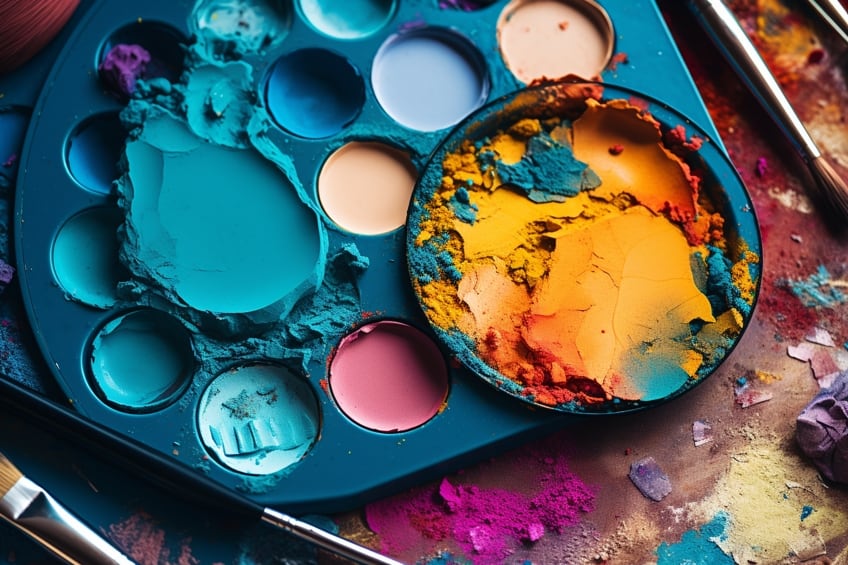
Turquoise and Coral
This lively combination injects energy and vibrancy into a space. Use turquoise as the dominant color for walls or larger furniture pieces, complemented by coral accents in throw pillows, artwork, or small decorative items. Ensure a balanced distribution to avoid overwhelming the space. I recommend incorporating natural textures like rattan or bamboo in furniture to enhance the tropical feel.
| Shade | Hex Code | CMYK Color Code (%) | RGB Color Code | Color |
| Turquoise | #40E0D0 | 69, 0, 26, 0 | 64, 224, 208 | |
| Coral | #FF6F61 | 0, 56, 56, 0 | 255, 111, 97 |

Turquoise and Navy Blue
This color combination creates a sophisticated and calming atmosphere. Consider using navy as a grounding color for larger elements such as sofas or rugs, while turquoise can be introduced through accessories like cushions or artwork. As an interior design expert, I suggest incorporating metallic accents, like brass or gold, to elevate the overall elegance of the space.
| Shade | Hex Code | CMYK Color Code (%) | RGB Color Code | Color |
| Turquoise | #40E0D0 | 69, 0, 26, 0 | 64, 224, 208 | |
| Navy Blue | #000080 | 100, 100, 0, 50 | 0, 0, 128 |

Turquoise and Mustard Yellow
This dynamic duo combines the calming nature of turquoise with the warmth of mustard yellow. To implement this combination, use turquoise as a base color for larger pieces of furniture and pair it with mustard yellow in accent chairs, throws, or smaller decorative items. Personally, I recommend integrating natural wood tones to create a balanced and inviting atmosphere.
| Shade | Hex Code | CMYK Color Code (%) | RGB Color Code | Color |
| Turquoise | #40E0D0 | 69, 0, 26, 0 | 64, 224, 208 | |
| Mustard Yellow | #FFDB58 | 0, 7, 61, 0 | 255, 219, 88 |
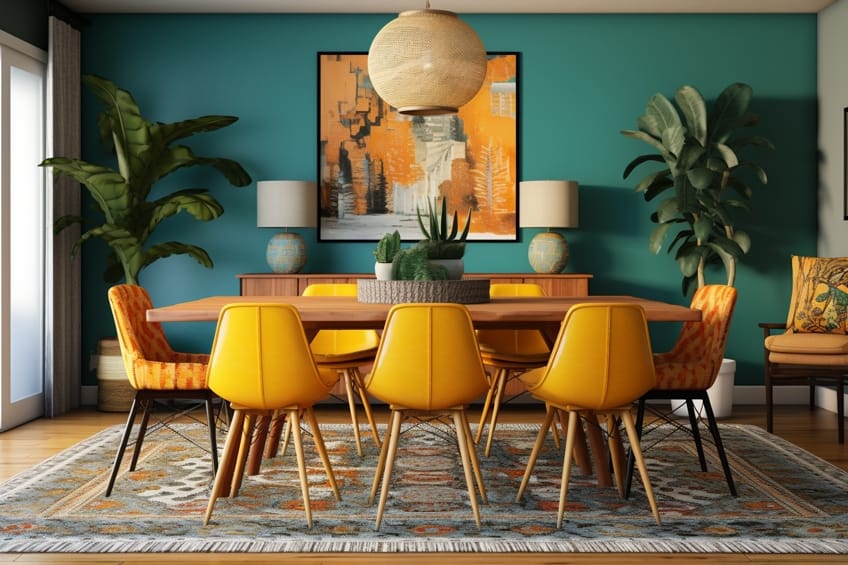
Turquoise and Gray
These colors offer a sophisticated and modern color palette. Use gray as a neutral backdrop, allowing turquoise to shine in furniture or accent pieces. Consider incorporating metallic finishes in silver or chrome for a polished look. As an interior designer, I suggest adding pops of white to maintain a crisp and clean aesthetic, ensuring the space feels airy and contemporary.
| Shade | Hex Code | CMYK Color Code (%) | RGB Color Code | Color |
| Turquoise | #40E0D0 | 69, 0, 26, 0 | 64, 224, 208 | |
| Gray | #808080 | 0, 0, 0, 50 | 128, 128, 128 |
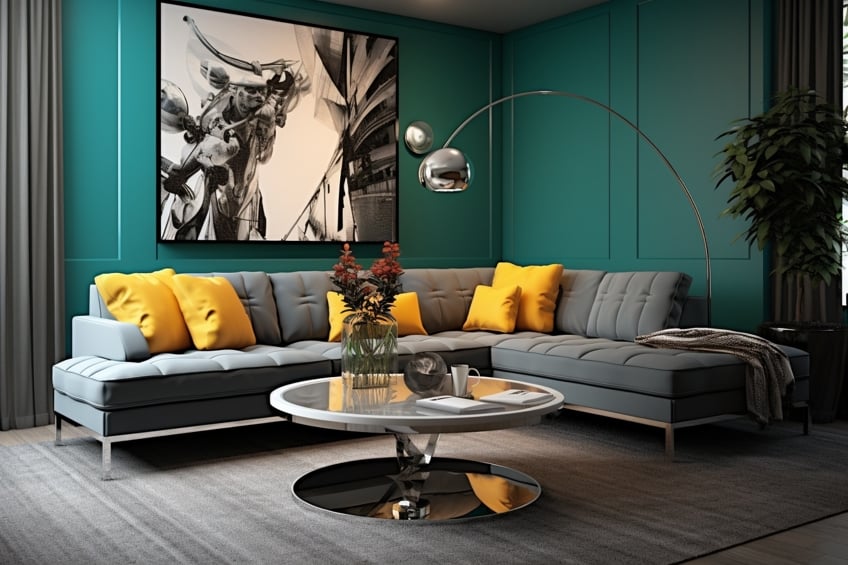
Turquoise and Peach
Combining turquoise with peach creates a harmonious and refreshing ambiance. Utilize peach in furnishings or decor items, while turquoise can dominate larger elements like walls or furniture. I recommend incorporating natural light to enhance the warmth of the peach tones, creating a welcoming and cozy atmosphere.
| Shade | Hex Code | CMYK Color Code (%) | RGB Color Code | Color |
| Turquoise | #40E0D0 | 69, 0, 26, 0 | 64, 224, 208 | |
| Peach | #FFDAB9 | 0, 16, 26, 0 | 255, 218, 185 |

Turquoise and Burgundy
This rich and bold combination adds depth and sophistication to a space. Introduce burgundy in elements like upholstery or curtains, balancing it with the calming influence of turquoise on walls or larger furniture pieces. As an interior design expert, I suggest incorporating metallic accents in gold or bronze to elevate the overall luxurious feel of the room.
| Shade | Hex Code | CMYK Color Code (%) | RGB Color Code | Color |
| Turquoise | #40E0D0 | 69, 0, 26, 0 | 64, 224, 208 | |
| Burgundy | #800020 | 0, 100, 100, 50 | 128, 0, 32 |

Turquoise and Mint Green
This combination creates a refreshing and tranquil environment. Use mint green as an accent color in accessories or smaller furniture pieces, while turquoise can dominate larger surfaces. Personally, I recommend incorporating natural elements like potted plants to enhance the overall freshness and create a balanced, harmonious space.
| Shade | Hex Code | CMYK Color Code (%) | RGB Color Code | Color |
| Turquoise | #40E0D0 | 69, 0, 26, 0 | 64, 224, 208 | |
| Mint Green | #98FF98 | 1, 0, 1, 0 | 152, 255, 152 |
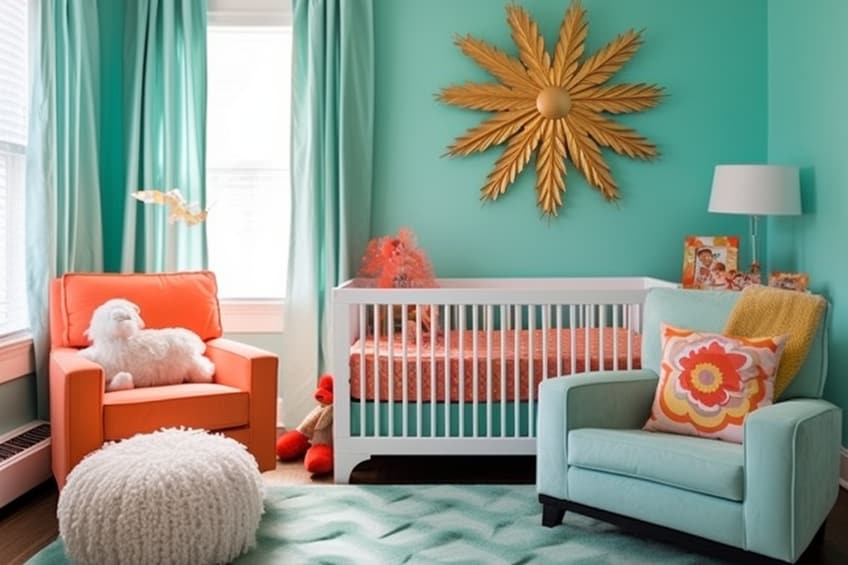
Turquoise and Chocolate Brown
This earthy combination brings warmth and richness to a room. Consider using chocolate brown for furniture or flooring, with turquoise in accessories or wall treatments. I recommend incorporating soft textures like leather or plush fabrics to create a cozy and inviting atmosphere.
| Shade | Hex Code | CMYK Color Code (%) | RGB Color Code | Color |
| Turquoise | #40E0D0 | 69, 0, 26, 0 | 64, 224, 208 | |
| Chocolate Brown | #D2691E | 0, 47, 83, 18 | 210, 105, 30 |
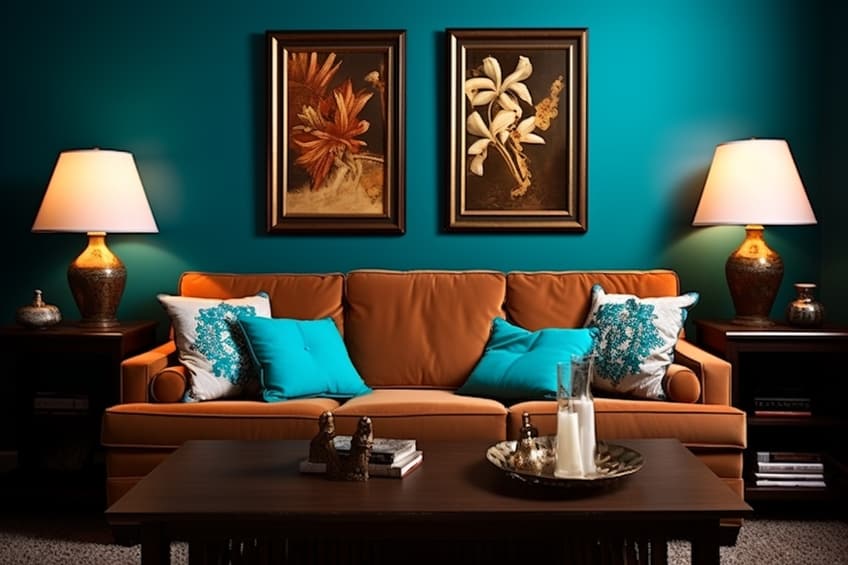
Turquoise and Lavender
The pairing of these colors creates a serene and dreamy atmosphere. Use lavender as an accent color in textiles or accessories, allowing turquoise to dominate larger elements like furniture or walls. I recommend incorporating soft lighting and sheer fabrics to enhance the ethereal quality of this color combination.
| Shade | Hex Code | CMYK Color Code (%) | RGB Color Code | Color |
| Turquoise | #40E0D0 | 69, 0, 26, 0 | 64, 224, 208 | |
| Lavender | #E6E6FA | 7, 7, 0, 4 | 230, 230, 250 |

Turquoise and Charcoal Black
Turquoise and charcoal black create a sophisticated and modern contrast. Use charcoal black as a grounding color for furniture or accent pieces, with turquoise as a bold and vibrant counterpart. As an interior design expert, I suggest incorporating metallic accents in silver or chrome to add a touch of glamour and elegance to the space.
| Shade | Hex Code | CMYK Color Code (%) | RGB Color Code | Color |
| Turquoise | #40E0D0 | 69, 0, 26, 0 | 64, 224, 208 | |
| Charcoal Black | #000000 | 0, 0, 0, 100 | 0, 0, 0 |
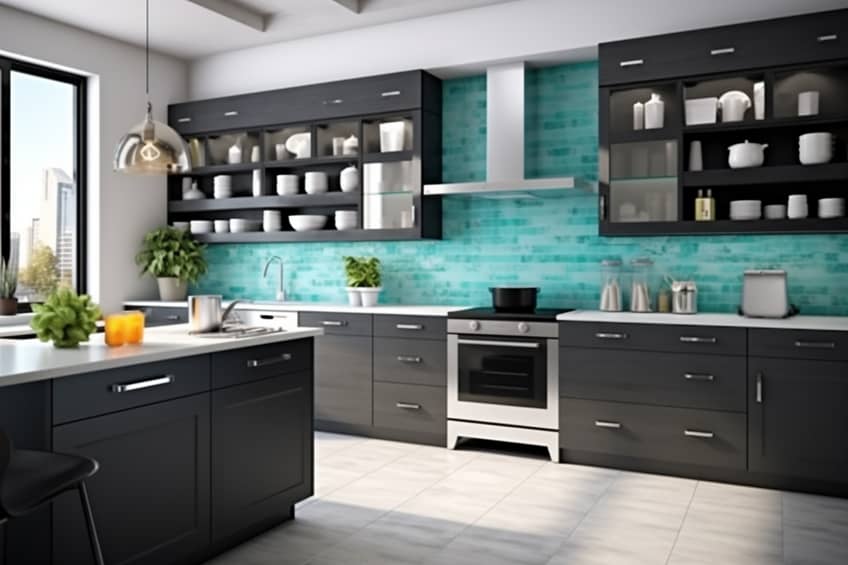
Turquoise and Terracotta
Combining these colors brings warmth and a touch of the Mediterranean to your space. Use terracotta in pottery, textiles, or smaller decor items, while turquoise can dominate larger elements like walls or furniture. Personally, I recommend incorporating natural materials such as clay or stone to enhance the earthy vibe and create a cozy, inviting atmosphere.
| Shade | Hex Code | CMYK Color Code (%) | RGB Color Code | Color |
| Turquoise | #40E0D0 | 69, 0, 26, 0 | 64, 224, 208 | |
| Terracotta | #E2725B | 0, 52, 45, 11 | 226, 114, 91 |

Turquoise and Cream
The pairing of turquoise and cream creates a timeless and elegant aesthetic. Use cream as a neutral backdrop, allowing turquoise to stand out in furniture or decorative accents. As an interior design expert, I suggest incorporating textures like linen or silk to add depth and sophistication to the overall design.
| Shade | Hex Code | CMYK Color Code (%) | RGB Color Code | Color |
| Turquoise | #40E0D0 | 69, 0, 26, 0 | 64, 224, 208 | |
| Cream | #FFFDD0 | 0, 1, 15, 0 | 255, 253, 208 |

Turquoise and Coral Pink
These colors are combined to create a playful and energetic atmosphere. Introduce coral pink in smaller decor elements, textiles, or artwork, while using turquoise for larger pieces like furniture or walls. Personally, I recommend incorporating playful patterns or geometric designs to add visual interest and create a lively, modern space.
| Shade | Hex Code | CMYK Color Code (%) | RGB Color Code | Color |
| Turquoise | #40E0D0 | 69, 0, 26, 0 | 64, 224, 208 | |
| Coral Pink | #FF6F61 | 0, 73, 58, 0 | 255, 111, 97 |
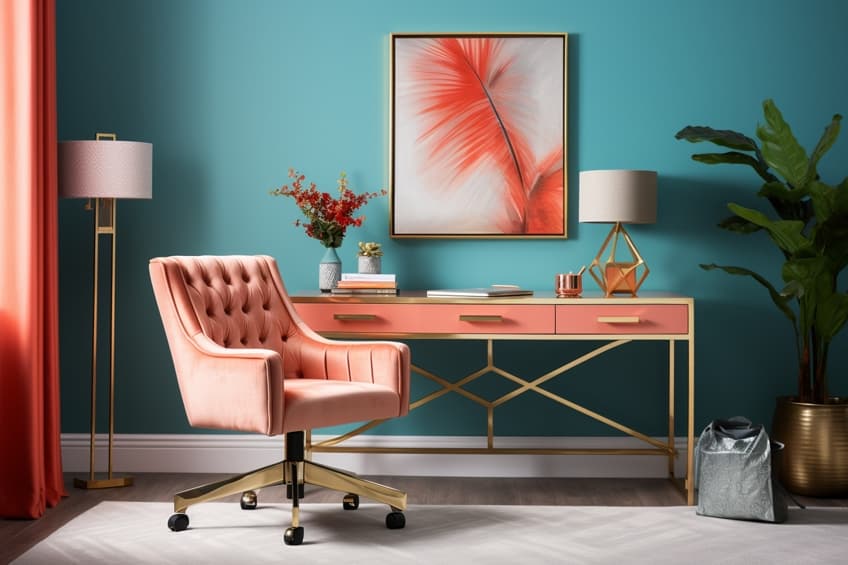
Turquoise and Olive Green
This nature-inspired combination of turquoise and olive green creates a calming and balanced ambiance. Use olive green as a secondary color for furniture or decor items, complementing the dominant turquoise tones. I suggest integrating natural materials such as wood and stone to enhance the organic, earthy feel of the space.
| Shade | Hex Code | CMYK Color Code (%) | RGB Color Code | Color |
| Turquoise | #40E0D0 | 69, 0, 26, 0 | 64, 224, 208 | |
| Olive Green | #556B2F | 49, 0, 100, 57 | 85, 107, 47 |

Turquoise and Champagne Gold
Combining this combination adds a touch of luxury and sophistication. Use champagne gold in metallic finishes, lighting fixtures, or accessories, while turquoise can be incorporated in larger furniture pieces or as an accent wall. I recommend incorporating mirrors to reflect light and enhance the glamorous atmosphere of the space.
| Shade | Hex Code | CMYK Color Code (%) | RGB Color Code | Color |
| Turquoise | #40E0D0 | 69, 0, 26, 0 | 64, 224, 208 | |
| Champagne Gold | #D4AF37 | 0, 10, 66, 16 | 212, 175, 55 |

Turquoise and Teal
The pairing of turquoise and teal creates a monochromatic yet dynamic look. Use teal as an accent color in textiles or decor items, allowing turquoise to dominate larger elements like furniture or walls. As an interior design expert, I suggest playing with different shades within the turquoise and teal spectrum to create depth and visual interest.
| Shade | Hex Code | CMYK Color Code (%) | RGB Color Code | Color |
| Turquoise | #40E0D0 | 69, 0, 26, 0 | 64, 224, 208 | |
| Teal | #008080 | 100, 0, 33, 50 | 0, 128, 128 |

Turquoise and Mauve
These color combinations combine to create a soft and sophisticated color palette. Introduce mauve in textiles, upholstery, or smaller decor items, balancing it with the calming influence of turquoise on walls or larger furniture pieces. Personally, I recommend incorporating soft, plush fabrics to enhance the overall comfort and elegance of the space.
| Shade | Hex Code | CMYK Color Code (%) | RGB Color Code | Color |
| Turquoise | #40E0D0 | 69, 0, 26, 0 | 64, 224, 208 | |
| Mauve | #E0B0FF | 18, 34, 0, 0 | 224, 176, 255 |
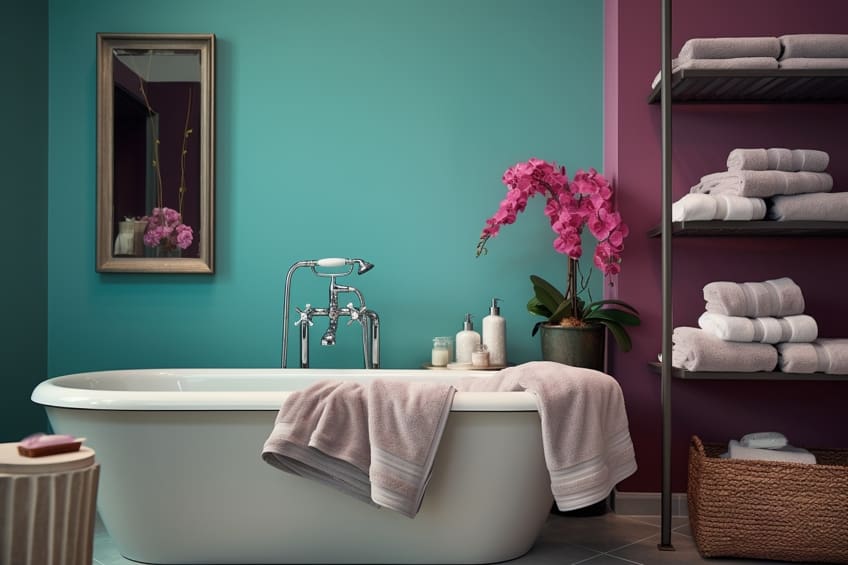
Turquoise and Beige
The combination of turquoise and beige creates a timeless and neutral backdrop. Use beige as the primary color for walls or larger furniture pieces, allowing turquoise to pop in smaller decor items or accents. I suggest incorporating natural textures like jute or sisal to add warmth and a touch of rustic charm to the space.
| Shade | Hex Code | CMYK Color Code (%) | RGB Color Code | Color |
| Turquoise | #40E0D0 | 69, 0, 26, 0 | 64, 224, 208 | |
| Beige | #F5F5DC | 5, 5, 21, 0 | 245, 245, 220 |

Turquoise and Burnt Orange
This combination creates a bold and energetic color scheme. Introduce burnt orange in accent pieces, textiles, or artwork, while using turquoise for larger elements like furniture or walls. I recommend incorporating bold patterns or geometric designs to enhance the vibrant and modern feel of the space.
| Shade | Hex Code | CMYK Color Code (%) | RGB Color Code | Color |
| Turquoise | #40E0D0 | 69, 0, 26, 0 | 64, 224, 208 | |
| Burnt Orange | #CC5500 | 0, 56, 100, 20 | 204, 85, 0 |
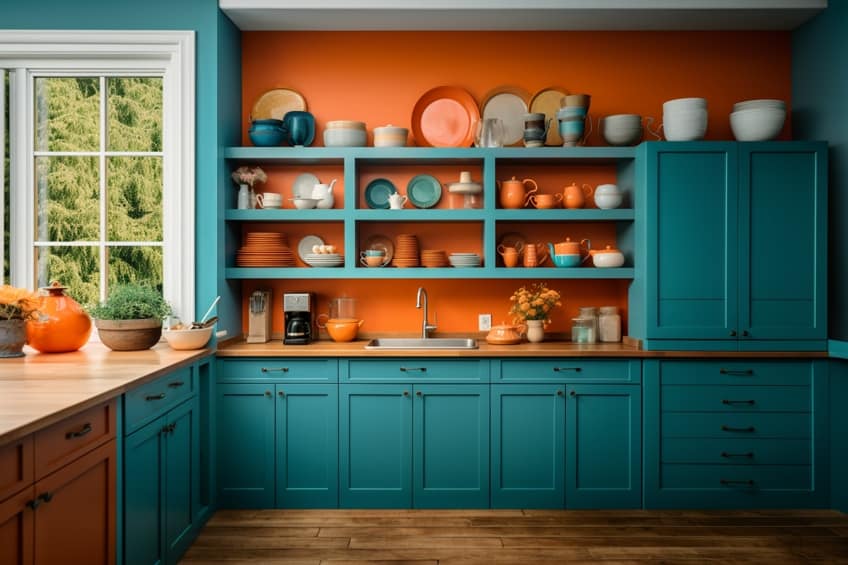
Turquoise and Plum Purple
Combining turquoise with plum purple creates a regal and luxurious ambiance. Use plum purple in smaller decor elements, textiles, or artwork, while turquoise can dominate larger pieces like furniture or walls. As an interior design expert, I suggest incorporating velvet or silk textures to add depth and opulence to the overall design.
| Shade | Hex Code | CMYK Color Code (%) | RGB Color Code | Color |
| Turquoise | #40E0D0 | 69, 0, 26, 0 | 64, 224, 208 | |
| Plum Purple | #8E4585 | 41, 73, 0, 47 | 142, 69, 133 |

Turquoise and Pale Yellow
This refreshing combination of these colors creates a light and cheerful atmosphere. Use pale yellow in textiles or smaller decor items, complementing the dominant turquoise tones. Personally, I recommend incorporating natural light and mirrors to enhance the brightness and create an airy, uplifting space.
| Shade | Hex Code | CMYK Color Code (%) | RGB Color Code | Color |
| Turquoise | #40E0D0 | 69, 0, 26, 0 | 64, 224, 208 | |
| Pale Yellow | #FFFF99 | 1, 1, 21, 0 | 255, 255, 153 |

Turquoise and Slate Blue
The combination of turquoise and slate blue creates a sophisticated and calming color palette. Use slate blue as a secondary color for furniture or decor items, allowing turquoise to dominate larger elements like walls or larger furniture pieces. As an interior designer, I suggest incorporating layered textiles in varying shades to add depth and visual interest to the space.
| Shade | Hex Code | CMYK Color Code (%) | RGB Color Code | Color |
| Turquoise | #40E0D0 | 69, 0, 26, 0 | 64, 224, 208 | |
| Slate Blue | #6A5ACD | 53, 57, 0, 20 | 106, 90, 205 |
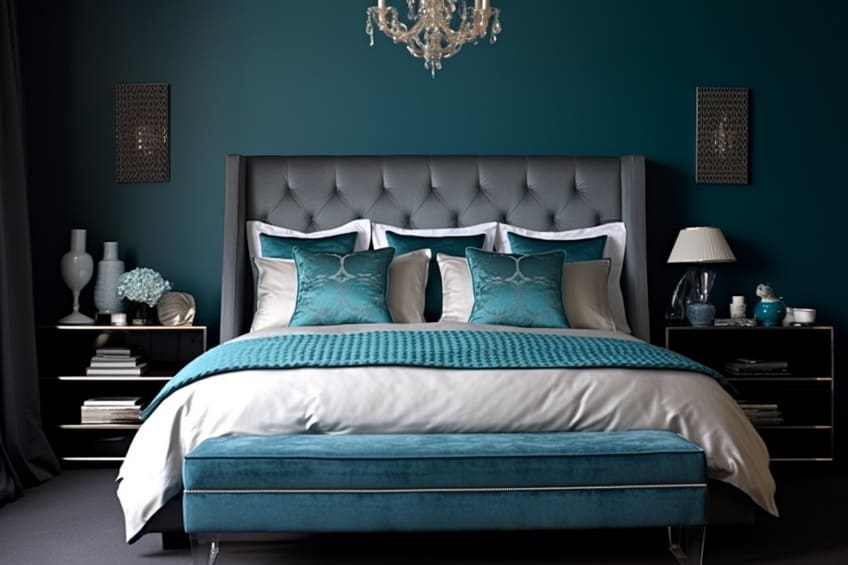
Turquoise and Tan
Combining turquoise with tan creates a warm and inviting color scheme. Use tan as a neutral backdrop for walls or larger furniture pieces, allowing turquoise to shine in smaller decor items or accents. I recommend incorporating natural materials like leather or rattan to enhance the cozy and organic feel of the space.
| Shade | Hex Code | CMYK Color Code (%) | RGB Color Code | Color |
| Turquoise | #40E0D0 | 69, 0, 26, 0 | 64, 224, 208 | |
| Tan | #D2B48C | 0, 15, 34, 18 | 210, 180, 140 |

Turquoise and Forest Green
This color combination creates a lush and nature-inspired color palette. Use forest green as an accent color in textiles or smaller decor items, while turquoise can dominate larger elements like furniture or walls. As an interior design expert, I suggest incorporating indoor plants or botanical prints to enhance the natural, outdoor feel of the space.
| Shade | Hex Code | CMYK Color Code (%) | RGB Color Code | Color |
| Turquoise | #40E0D0 | 69, 0, 26, 0 | 64, 224, 208 | |
| Forest Green | #228B22 | 82, 0, 100, 65 | 34, 139, 34 |
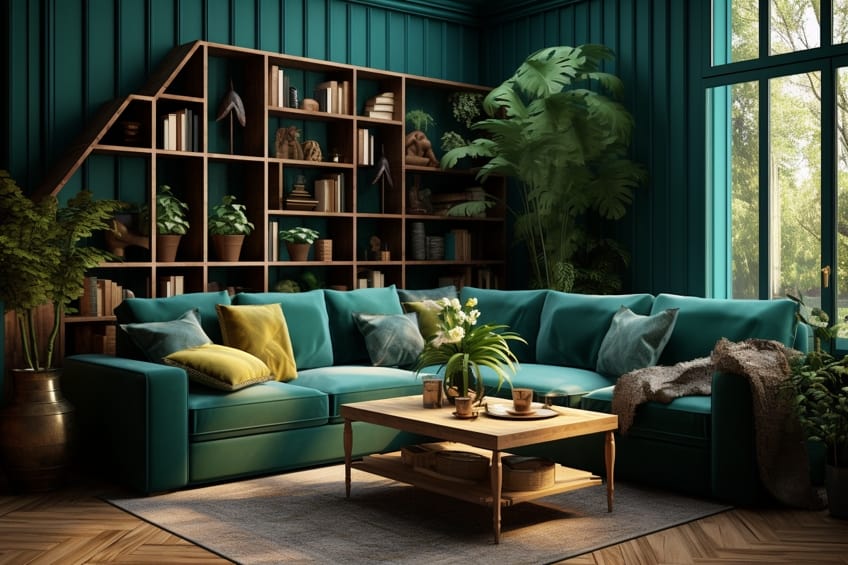
Turquoise and Rose Gold
The combination of turquoise and rose gold adds a touch of glamour and elegance to your space. Use rose gold in metallic finishes, lighting fixtures, or accessories, while turquoise can be incorporated in larger furniture pieces or as an accent wall. Personally, I recommend incorporating mirrored surfaces to reflect light and enhance the overall luxurious atmosphere.
| Shade | Hex Code | CMYK Color Code (%) | RGB Color Code | Color |
| Turquoise | #40E0D0 | 69, 0, 26, 0 | 64, 224, 208 | |
| Rose Gold | #B76E79 | 0, 37, 19, 28 | 183, 110, 121 |

Turquoise and Denim Blue
This classic combination of these colors creates a timeless and versatile color scheme. Use denim blue as a neutral backdrop for walls or larger furniture pieces, allowing turquoise to stand out in smaller decor items or accents. I suggest incorporating denim fabrics in upholstery or textiles to add a casual and comfortable feel to the space.
| Shade | Hex Code | CMYK Color Code (%) | RGB Color Code | Color |
| Turquoise | #40E0D0 | 69, 0, 26, 0 | 64, 224, 208 | |
| Denim Blue | #1560BD | 93, 73, 0, 22 | 21, 96, 189 |
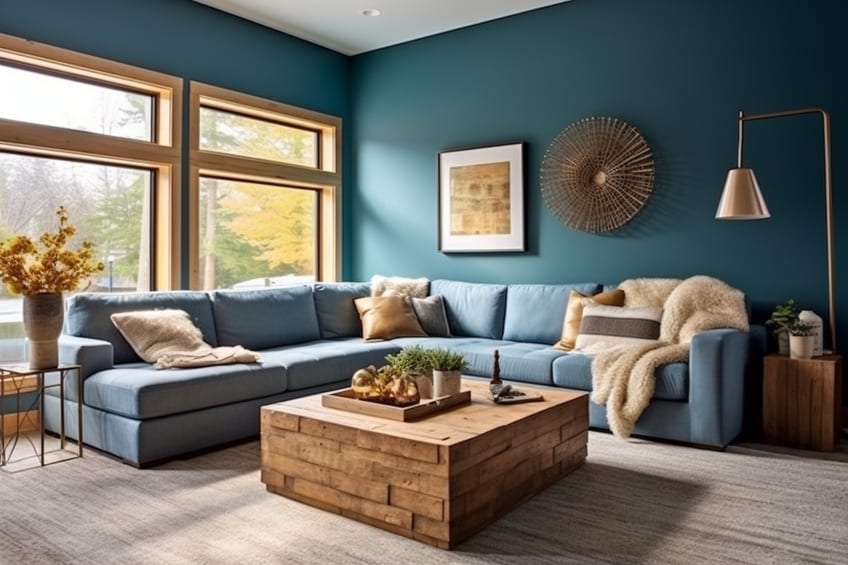
Turquoise and Silver
Combining turquoise with silver creates a sleek and modern aesthetic. Use silver in metallic finishes, lighting fixtures, or accessories, while turquoise can dominate larger furniture pieces or as an accent wall. Personally, I recommend incorporating glass or mirrored surfaces to enhance the overall contemporary and glamorous atmosphere of the space.
| Shade | Hex Code | CMYK Color Code (%) | RGB Color Code | Color |
| Turquoise | #40E0D0 | 69, 0, 26, 0 | 64, 224, 208 | |
| Silver | #C0C0C0 | 0, 0, 0, 25 | 192, 192, 192 |
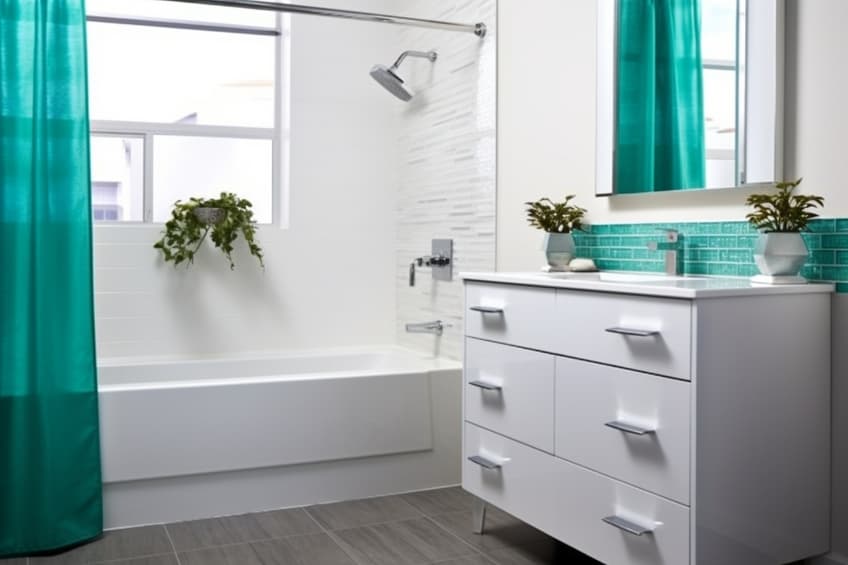
Turquoise and Apricot
The combination of these colors creates a warm and inviting color palette. Use apricot as an accent color in textiles or smaller decor items, complementing the dominant turquoise tones. As an interior design expert, I suggest incorporating natural light and soft, plush textures to enhance the warmth and comfort of the space.
| Shade | Hex Code | CMYK Color Code (%) | RGB Color Code | Color |
| Turquoise | #40E0D0 | 69, 0, 26, 0 | 64, 224, 208 | |
| Apricot | #FBCEB1 | 0, 20, 28, 2 | 251, 206, 177 |
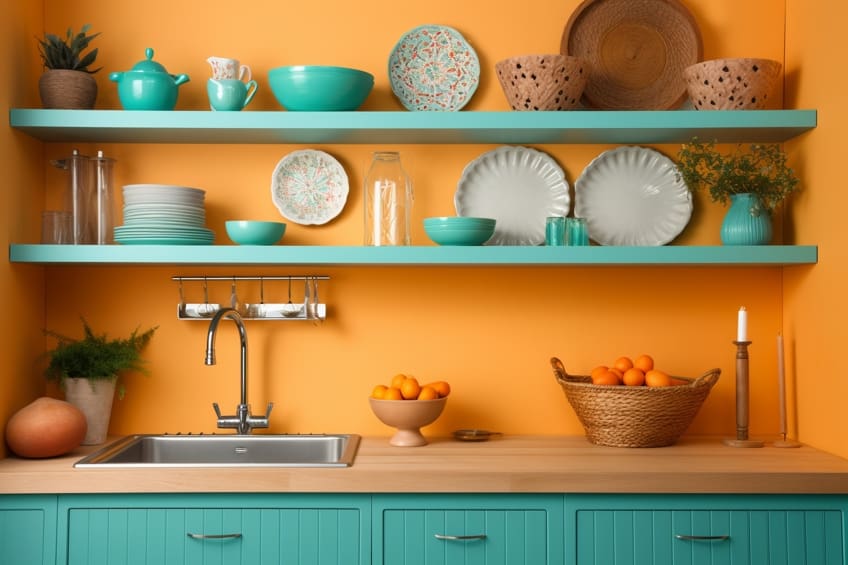
Choosing the Right Colors for Your Space
Turquoise is a bold and energetic hue, which can work beautifully as an accent color. However, since there are different shades, you can also use turquoise as much or as little as you want. As we have learned, turquoise pairs wonderfully with many colors, and is the perfect accent color to add a vibrant pop of color to a neutral background. When working with colors, you need to consider a few things first.
- What mood do you want to create?
- Is there an existing color scheme and furniture?
The mood you want to set will determine the colors you want to use. Turquoise is a relaxing yet energizing and inviting color. So, it can ideally work in most rooms of the home, but especially where you want a more relaxing environment, such as the bedroom. However, if used too excessively, remember it can also become too stimulating. If you have existing furniture or items, you can select a color scheme according to this. Once you have chosen your wall paint color, you can then decide on the paint finish. Do you want a semi-gloss, satin, or flat finish? Some designers even use a combination of finishes to provide more texture and interest.
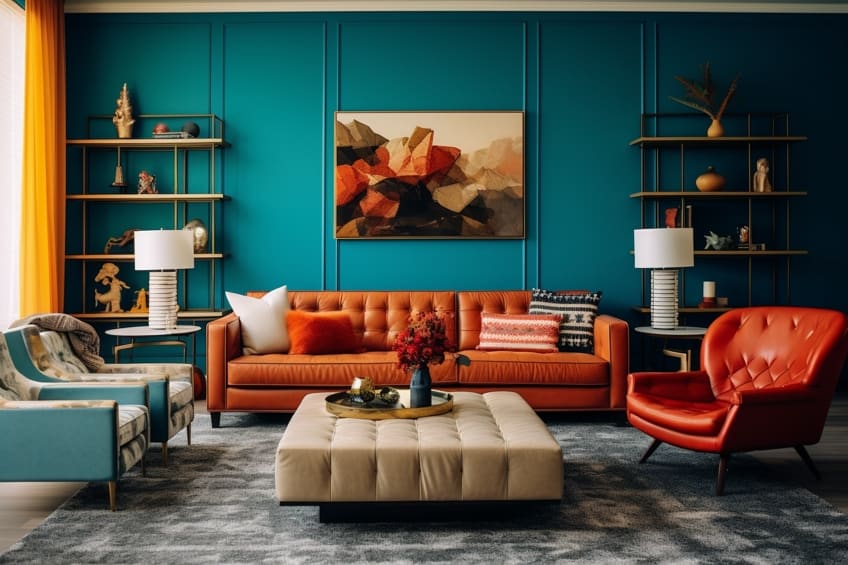
Turquoise can work with most white tones, but you can always test a few colors out in a room before you commit. You might love the this color, but it might seem like a vibrant color to work with. You do not have to jump straight into painting all the walls, you only need to bring in some fabrics or throws with turquoise. You can then test it out on a wall, if the color you choose still seems too bold, ask the store if there is a lighter version paint color. So, there is no excuse to be afraid and experiment with different colors.
Tips on How to Use Turquoise in the Home
If you are new to decorating, choosing just the right color for a space can seem challenging. There are some rules, but ultimately, you are the one who has to like what the outcome is. Hiring a proffessional is the best option, however, if you start simple, you can easily create your own haven. Thankfully, turquoise is a relatively easy color to work with, and here are some ideas to help you along the way.
- If you choose a turquoise wall color, consider a lighter shade, or even patterned wallpaper that offers more of a subtle effect.
- Turquoise is a great color to improve creativity, so consider adding it to office spaces or playrooms.
- If you like to change your look often, then turquoise can easily be added as an accent color you can easily remove when you are ready. Only a little turquoise can have a great impact.
- Turquoise is a great color to use on outdoor furniture, to create a friendly and charming area.
- The turquoise color is attractive and colorful and perfect for painting the front door. The color is visible but goes nicely with any surrounding greenery, so it will not appear out of place.
- If you are unsure of the shade of turquoise, make sure you get samples to try in each room as the lighting can affect the outcome.
- If you paint turquoise walls, add a white trim to provide a nice contrast in color.
Turquoise is an easy color to work with, and happens to be one color that goes well with many other hues. However, you will still need to consider what room you will be decorating and what style and mood you wish to set. For a fresh, clean, soothing, and inviting color, turquoise is certainly something to consider!
Frequently Asked Questions
What Color Goes With Turquoise?
If you are painting your home, what color goes with turquoise walls? Turquoise can easily work well with both warm and cool tones and can be soothing as well as calming. Neutral colors, like white or gray and beige, go with turquoise. Darker and lighter shades of blue and various green hues also pair wonderfully with turquoise.
What Are Complementary Colors for Turquoise?
If you are looking for contrast and colors that stand out, you can pair turquoise with colors like coral and other shades of orange, yellow, gold, and red.
Can You Pair Turquoise With Neutral Colors?
Turquoise is versatile and pairs well with neutral tones like white, gray, and beige for a calm and sophisticated look, as well as bold colors like coral, yellow, or navy for a vibrant and energetic combination.
In 2005, Charlene completed her Wellness Diplomas in Therapeutic Aromatherapy and Reflexology from the International School of Reflexology and Meridian Therapy. She worked for a company offering corporate wellness programs for a couple of years, before opening up her own therapy practice. It was in 2015 that a friend, who was a digital marketer, asked her to join her company as a content creator, and this is where she found her excitement for writing.
Since joining the content writing world, she has gained a lot of experience over the years writing on a diverse selection of topics, from beauty, health, wellness, travel, and more. Due to various circumstances, she had to close her therapy practice and is now a full-time freelance writer. Being a creative person, she could not pass up the opportunity to contribute to the Art in Context team, where is was in her element, writing about a variety of art and craft topics. Contributing articles for over three years now, her knowledge in this area has grown, and she has gotten to explore her creativity and improve her research and writing skills.
Charlene Lewis has been working for artincontext.org since the relaunch in 2020. She is an experienced writer and mainly focuses on the topics of color theory, painting and drawing.
Learn more about Charlene Lewis and the Art in Context Team.
Cite this Article
Charlene, Lewis, “What Colors Go With Turquoise? – Exploring 28 Vibrant Hues.” Art in Context. May 18, 2023. URL: https://artincontext.org/what-colors-go-with-turquoise/
Lewis, C. (2023, 18 May). What Colors Go With Turquoise? – Exploring 28 Vibrant Hues. Art in Context. https://artincontext.org/what-colors-go-with-turquoise/
Lewis, Charlene. “What Colors Go With Turquoise? – Exploring 28 Vibrant Hues.” Art in Context, May 18, 2023. https://artincontext.org/what-colors-go-with-turquoise/.


